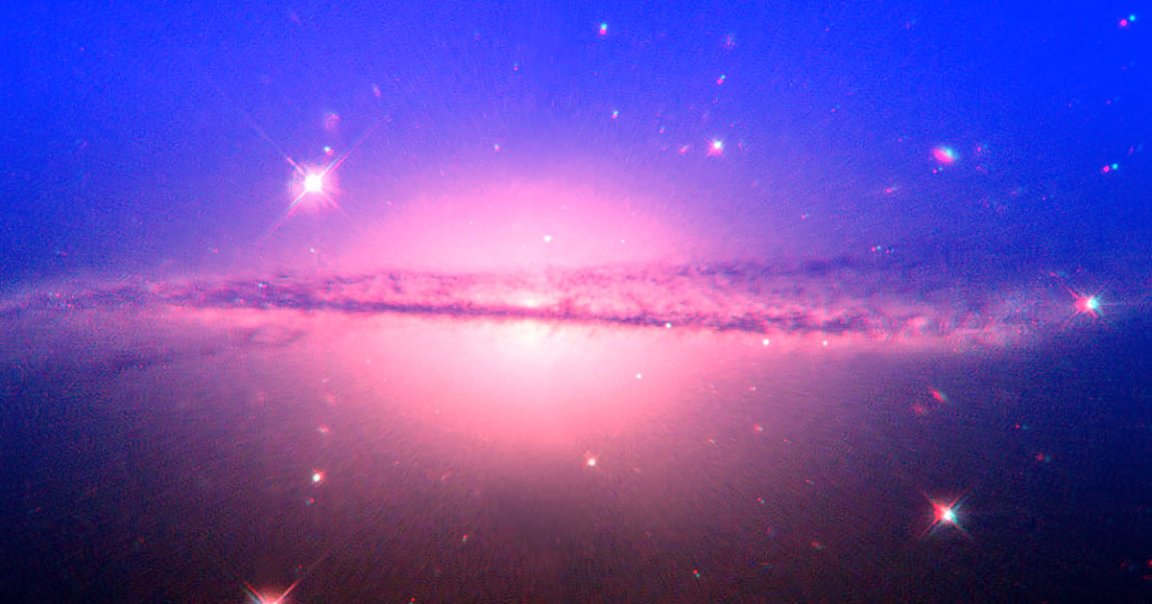
Population Boom
A team of astronomers from the University of Tokyo has uncovered a population of 39 massive ancient galaxies — and they could inform our understanding of everything from the universe’s birth to the nature of dark matter.
“This is the first time that such a large population of massive galaxies was confirmed during the first 2 billion years of the 13.7-billion-year life of the universe,” researcher Tao Wang said in a press release. “These were previously invisible to us.”
Better Eyes
In a new study published in the journal Nature, the scientists explain that these galaxies went undetected for so long because the light from them is incredibly faint, with long wavelengths that the Hubble telescope couldn’t register.
It was only through the use of a pair of newer devices — the Atacama Large Millimeter/submillimeter Array and the Very Large Telescope — that the ancient galaxies became visible.
Ancient Teacher
Now that they know these ancient galaxies exist, the astronomers believe they’ll be able to fill in some gaps in our understanding of the universe’s evolution.
They also say the galaxies could yield new insights into supermassive black holes and dark matter — and that’s not even taking into account what we might learn from future observations.
“I’m eager for upcoming observatories like the space-based James Webb Space Telescope to show us what these primordial beasts are really made of,” Wang said.
READ MORE: Scientists Just Discovered 39 ‘Invisible’ Galaxies [Vice]
More on the universe’s evolution: World’s First AI Universe Simulator Knows Things It Shouldn’t